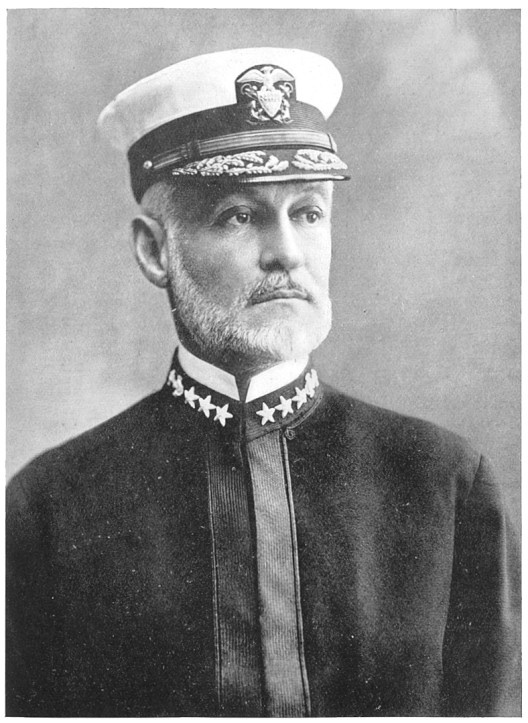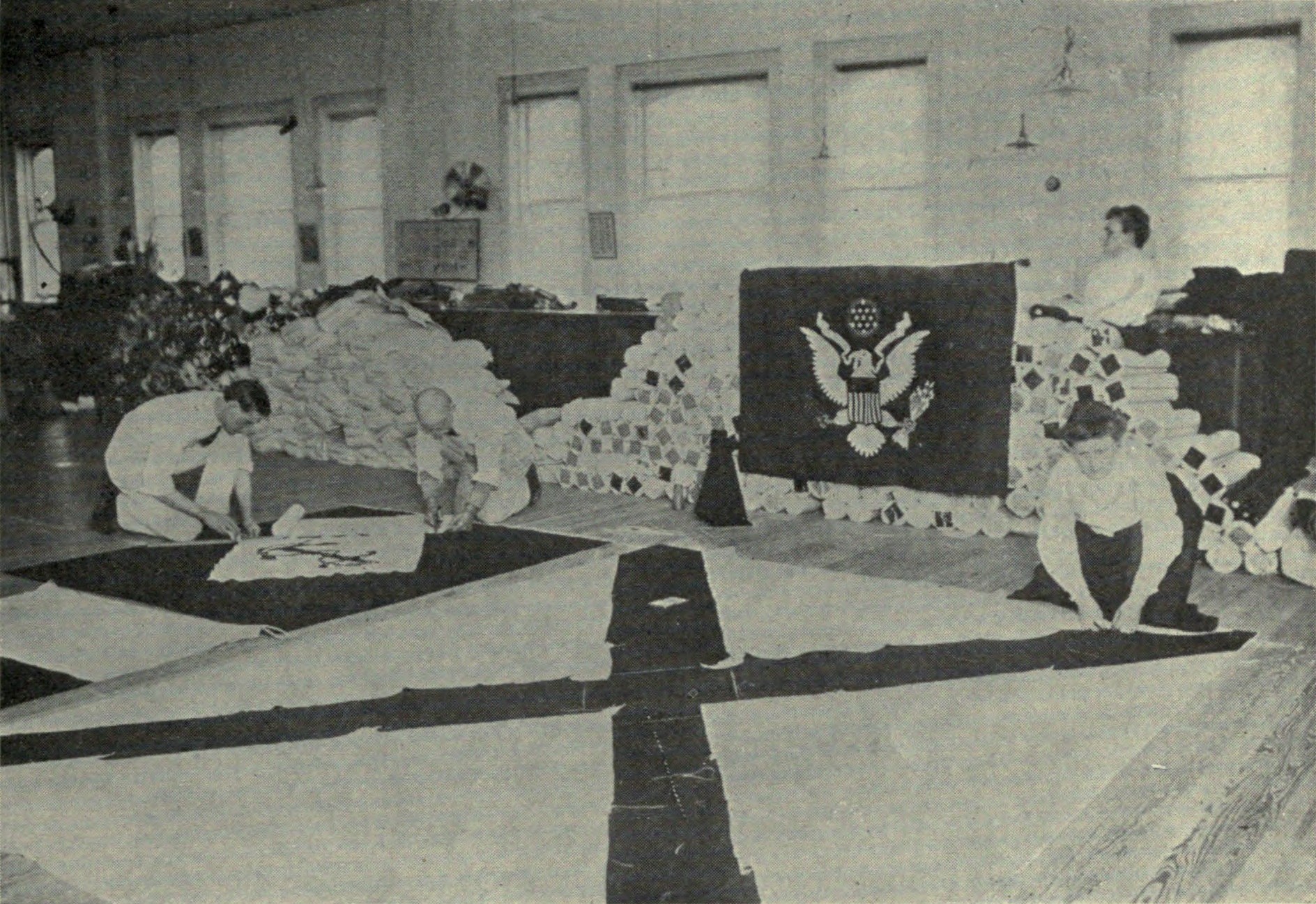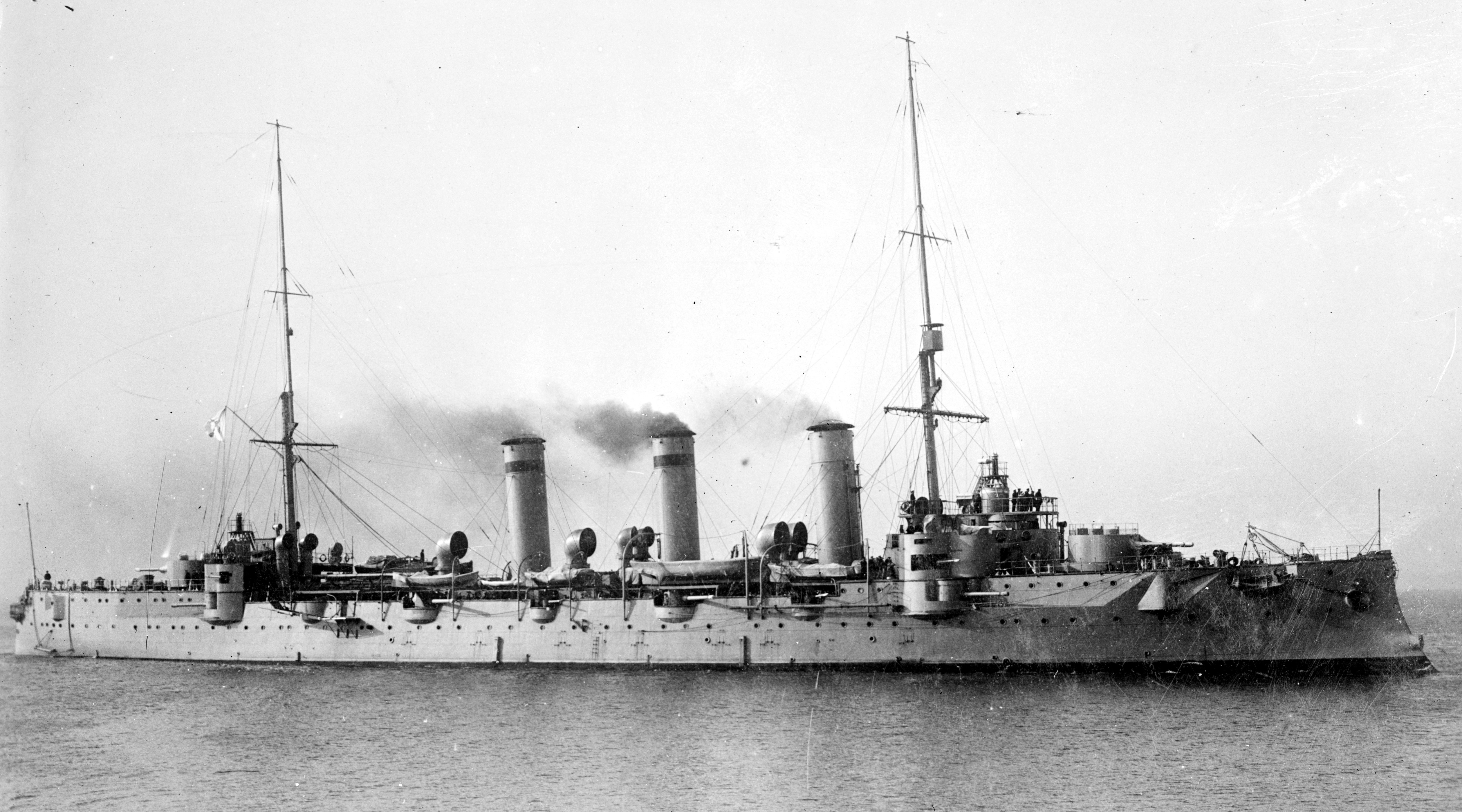|
Charles Adams Blakely
Vice Admiral Charles Adams Blakely (1 October 1879 – 12 September 1950) was an officer in the United States Navy during World War I and the interwar period. Biography Born on October 1, 1879, at Williamsburg, Kentucky, Blakely graduated from Williamsburg Academy in 1897 and, in the summer of 1898, served with the 2d Kentucky Volunteer Infantry during the Spanish–American War. Appointed a naval cadet in September 1899, Blakely graduated from the Naval Academy on February 2, 1903, and, after serving two years at sea as a passed naval cadet, was commissioned ensign in 1905 to date from February 3. Career in surface ships Between 1903 and 1907, he served successively in the frigate , ''Baltimore'' (Cruiser No. 3), ''Cleveland'' (Cruiser No. 19), ''Denver'' (Cruiser No. 14), and the yacht . Command of ''Thornton'' (Torpedo Boat No. 33) and ''Macdonough'' (Torpedo-boat Destroyer No. 9) followed. In December 1910, he became officer in charge of the machinist school at the Charl ... [...More Info...] [...Related Items...] OR: [Wikipedia] [Google] [Baidu] |
Williamsburg, Kentucky
Williamsburg is a home rule-class city in and the county seat of Whitley County, on the southeastern border of Kentucky, United States. The population was 5,245 at the 2010 census. Developed along the Cumberland River, the city was founded in 1818 and named after William Whitley. History Williamsburg was first known by early European-American settlers as the Spring Ford, after a nearby ford crossing the Cumberland River. On April 19, 1818 the first meeting of the Whitley County Court was held at Samuel Cox's dwelling. This first court appointed local officials as well as constables to work with the county militia. The town was known simply as Whitley Courthouse. In 1882 the city was renamed as Williamsburgh, and the spelling was changed in 1890 to the current Williamsburg. The town's initial growth was fueled by three freshwater springs in the area. Settlers were attracted to this water source. They later developed coal mining and lumber industries, based on natural resources o ... [...More Info...] [...Related Items...] OR: [Wikipedia] [Google] [Baidu] |
USS Thornton (TB-33)
The first ''Thornton'' (Torpedo Boat No. 33) was laid down on 16 March 1899 at Richmond, Va., by the William R. Trigg Co.; launched on 15 May 1900; sponsored by Miss Mary Thornton Davis; and commissioned on 9 June 1902. ''Thornton'' participated in the summer maneuvers of the North Atlantic Fleet off the eastern coast of the United States. In November and December, the torpedo boat moved south to the West Indies for combined winter maneuvers. On 28 January 1903, she returned to Norfolk, and she was assigned to the Reserve Torpedo Flotilla on 16 February. On 19 June 1905, ''Thornton'' was placed back in full commission; and, the following month, she made a brief visit to Annapolis, Md. On 21 July, she was again decommissioned and entered the Norfolk Navy Yard. Three months later, the torpedo boat rejoined the Reserve Torpedo Flotilla at Norfolk. Recommissioned on 19 June 1907, she was assigned to the 3d Torpedo Flotilla; and, over the next several years, she operated along th ... [...More Info...] [...Related Items...] OR: [Wikipedia] [Google] [Baidu] |
Naval Air Station Pensacola
Naval Air Station Pensacola or NAS Pensacola (formerly NAS/KNAS until changed circa 1970 to allow Nassau International Airport, now Lynden Pindling International Airport, to have IATA code NAS), "The Cradle of Naval Aviation", is a United States Navy base located next to Warrington, Florida, a community southwest of the Pensacola city limits. It is best known as the initial primary training base for all U.S. Navy, Marine Corps and Coast Guard officers pursuing designation as naval aviators and naval flight officers, the advanced training base for most naval flight officers, and as the home base for the United States Navy Flight Demonstration Squadron, the precision-flying team known as the Blue Angels. Because of contamination by heavy metals and other hazardous materials during its history, it is designated as a Superfund site needing environmental cleanup. The air station also hosts the Naval Education and Training Command (NETC) and the Naval Aerospace Medical Institute (NAM ... [...More Info...] [...Related Items...] OR: [Wikipedia] [Google] [Baidu] |
Bureau Of Navigation
The Bureau of Navigation, later the Bureau of Navigation and Steamboat Inspection and finally the Bureau of Marine Inspection and Navigation — not to be confused with the United States Navys Bureau of Navigation — was an agency of the United States Government established in 1884 to enforce laws relating to the construction, equipment, operation, inspection, safety, and documentation of merchant vessels. The bureau also investigated marine accidents and casualties; collected tonnage taxes and other navigation fees; and examined, certified, and licensed merchant mariners. When established, the Bureau of Navigation was a part of the United States Department of the Treasury. In 1903, the organization was transferred to the newly formed United States Department of Commerce and Labor. In 1913 that department was split into the United States Department of Commerce and the United States Department of Labor, and the bureau was assigned to the new Department of Commerce. In 1932 the ... [...More Info...] [...Related Items...] OR: [Wikipedia] [Google] [Baidu] |
Picatinny Arsenal
The Picatinny Arsenal ( or ) is an American military research and manufacturing facility located on of land in Jefferson and Rockaway Township in Morris County, New Jersey, United States, encompassing Picatinny Lake and Lake Denmark. The Arsenal is the headquarters of the US Army Combat Capabilities Development Command Armaments Center. It is known for developing the ubiquitous Picatinny rail, as well as being the Army's center of expertise for small arms cartridge ammunition. (As written on Picatinny Arsenal's website) "Picatinny Arsenal Historical Overview On 6 September 1880, the War Department established the Dover Powder Depot. Four days later, it changed the name to Picatinny Powder Depot. In 1907, the Army altered the name to Picatinny Arsenal and established its first powder factory on the site." The facility was founded in 1880 as the ''Picatinny Powder Depot''. Soon afterward, the Navy acquired a portion of the arsenal to establish the Lake Denmark Powder Depot, ... [...More Info...] [...Related Items...] OR: [Wikipedia] [Google] [Baidu] |
Chief Of Naval Operations
The chief of naval operations (CNO) is the professional head of the United States Navy. The position is a statutory office () held by an admiral who is a military adviser and deputy to the secretary of the Navy. In a separate capacity as a member of the Joint Chiefs of Staff (), the CNO is a military adviser to the United States National Security Council, National Security Council, the United States Homeland Security Council, Homeland Security Council, the United States Secretary of Defense, secretary of defense, and the President of the United States, president. The current chief of naval operations is Michael M. Gilday, Admiral Michael M. Gilday. Despite the title, the CNO does not have operational command authority over naval forces. The CNO is an administrative position based in the Pentagon, and exercises supervision of Navy organizations as the designee of the secretary of the Navy. Operational command of naval forces falls within the purview of the Unified combatant comma ... [...More Info...] [...Related Items...] OR: [Wikipedia] [Google] [Baidu] |
Washington, D
Washington commonly refers to: * Washington (state), United States * Washington, D.C., the capital of the United States ** A metonym for the federal government of the United States ** Washington metropolitan area, the metropolitan area centered on Washington, D.C. * George Washington (1732–1799), the first president of the United States Washington may also refer to: Places England * Washington, Tyne and Wear, a town in the City of Sunderland metropolitan borough ** Washington Old Hall, ancestral home of the family of George Washington * Washington, West Sussex, a village and civil parish Greenland * Cape Washington, Greenland * Washington Land Philippines *New Washington, Aklan, a municipality *Washington, a barangay in Catarman, Northern Samar *Washington, a barangay in Escalante, Negros Occidental *Washington, a barangay in San Jacinto, Masbate *Washington, a barangay in Surigao City United States * Washington, Wisconsin (other) * Fort Washington (other) ... [...More Info...] [...Related Items...] OR: [Wikipedia] [Google] [Baidu] |
British Isles
The British Isles are a group of islands in the North Atlantic Ocean off the north-western coast of continental Europe, consisting of the islands of Great Britain, Ireland, the Isle of Man, the Inner and Outer Hebrides, the Northern Isles, and over six thousand smaller islands."British Isles", ''Encyclopædia Britannica''. They have a total area of and a combined population of almost 72 million, and include two sovereign states, the Republic of Ireland (which covers roughly five-sixths of Ireland), and the United Kingdom of Great Britain and Northern Ireland. The Channel Islands, off the north coast of France, are normally taken to be part of the British Isles, even though they do not form part of the archipelago. The oldest rocks are 2.7 billion years old and are found in Ireland, Wales and the northwest of Scotland. During the Silurian period, the north-western regions collided with the south-east, which had been part of a separate continental landmass. The ... [...More Info...] [...Related Items...] OR: [Wikipedia] [Google] [Baidu] |
USS O'Brien (DD-51)
USS ''O'Brien'' (Destroyer No. 51/DD-51) was the lead ship of s built for the United States Navy prior to the American entry into World War I. The ship was the second US Navy vessel named in honor of Jeremiah O'Brien and his five brothers Gideon, John, William, Dennis, and Joseph who, together on the sloop ''Unity'', captured a British warship during the American Revolutionary War. ''O'Brien'' was laid down by William Cramp & Sons of Philadelphia in September 1913 and launched in July 1914. After her May 1915 commissioning, ''O'Brien'' sailed off the east coast and in the Caribbean. She was one of seventeen destroyers sent out to rescue survivors from five victims of German submarine off the Lightship Nantucket in October 1916. After the United States entered World War I in April 1917, ''O'Brien'' was sent overseas to patrol the Irish Sea out of Queenstown, Ireland. After returning to the United States in January 1919, ''O'Brien'' revisited European waters in May to serve ... [...More Info...] [...Related Items...] OR: [Wikipedia] [Google] [Baidu] |
USS Rowan (DD-64)
USS ''Rowan'' (DD-64) was a of the United States Navy. She was the second Navy ship named for Vice Admiral Stephen C. Rowan (1805–1890). Construction and commissioning Rowan was laid down on 10 May 1915 by the Fore River Shipbuilding Company, Quincy, Massachusetts; launched 23 March 1916, sponsored by Miss Louise McL. Ayres, great-niece of Admiral Rowan; and commissioned at Boston, Massachusetts, on 22 August 1916, Lieutenant William R. Purnell in command. Service history World War I Following shakedown, ''Rowan'', based at Newport, Rhode Island, operated along the Atlantic coast during the fall of 1916, then participated in winter exercises in the Caribbean and the Gulf of Mexico. At Norfolk, Virginia, when the United States entered World War I, she patrolled off the mouth of the York River, and then repaired at New York. On 7 May 1917, she departed Boston for Ireland, arriving with Division 7 at Queenstown on the 27th. From then, through the remainder of the ... [...More Info...] [...Related Items...] OR: [Wikipedia] [Google] [Baidu] |
New York Navy Yard
The Brooklyn Navy Yard (originally known as the New York Navy Yard) is a shipyard and industrial complex located in northwest Brooklyn in New York City, New York (state), New York. The Navy Yard is located on the East River in Wallabout Bay, a semicircular bend of the river across from Lower East Side#Corlears Hook, Corlears Hook in Manhattan. It is bounded by Navy Street to the west, Flushing Avenue to the south, Kent Avenue to the east, and the East River on the north. The site, which covers , is listed on the National Register of Historic Places. The Brooklyn Navy Yard was established in 1801. From the early 1810s through the 1960s, it was an active shipyard for the United States Navy, and was also known as the United States Naval Shipyard, Brooklyn and New York Naval Shipyard at various points in its history. The Brooklyn Navy Yard produced wooden ships for the U.S. Navy through the 1870s, and steel ships after the American Civil War in the 1860s. The Brooklyn Navy Yard has ... [...More Info...] [...Related Items...] OR: [Wikipedia] [Google] [Baidu] |
Protected Cruiser
Protected cruisers, a type of naval cruiser of the late-19th century, gained their description because an armoured deck offered protection for vital machine-spaces from fragments caused by shells exploding above them. Protected cruisers resembled armored cruisers, which had in addition a belt of armour along the sides. Evolution From the late 1850s, navies began to replace their fleets of wooden ships-of-the-line with armoured ironclad warships. However, the frigates and sloops which performed the missions of scouting, commerce raiding and trade protection remained unarmoured. For several decades, it proved difficult to design a ship which had a meaningful amount of protective armour but at the same time maintained the speed and range required of a "cruising warship". The first attempts to do so, armored cruisers like , proved unsatisfactory, generally lacking enough speed for their cruiser role. During the 1870s the increasing power of armour-piercing shells made armou ... [...More Info...] [...Related Items...] OR: [Wikipedia] [Google] [Baidu] |







